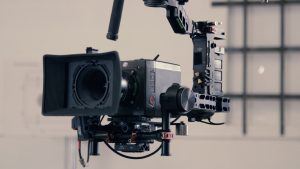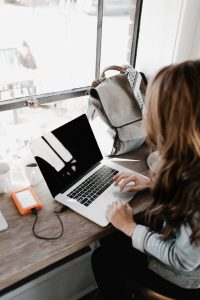Hello Casey, Holly, and Kate here!
Today we wanted to share a bit about a new cool app teachers are using called Fresh Grade!
Keep reading to learn more about this awesome online resource and to discover our true thoughts on this app…
So what is Fresh Grade? First off, this app allows for students to watch their growth over their educational career from k-12 in the form of a digital portfolio/learning journal. If that isn’t cool enough, it also grants access to parents so they can comment and add post to their students profile.
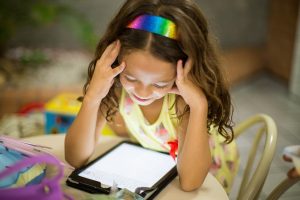
Some more sweet features are:
Free for everyone to use (teachers, students and parents)
Create lesson plans and activities
Unlimited number of classes and subjects
Unlimited number of assignments and projects
Attach files (rubrics, links and examples)
Make online groups within your classes
Compatable with more than 100 apps
Unlimited storage
Useful to create and store formative, summative and interim assessments
Create custom assessments for each student
Embed google translate for international students to communicate with teachers and parents
Send messages to parents private or in groups
There is a fresh grade blog!
Online professional development and learning available for teachers
E-books and case studies available
There is an area where your whole school can go onto freshgrade and principals/admins can see (with privacy permission)

Some unfortunate cons…
If parents/guardians or students are not familiar with technology or they don’t have accessibility to a laptop or computer it would be difficult
If parents/guardians don’t feel comfortable having their students information online even though it is private and secure
If you still don’t know what is going on in this blog… here are two videos that hopefully sum up any questions you still might have about Fresh Grade!
Anyways, that’s all for today, hoped you enjoyed our surprise collab.
xo
Casey, Holly, and Kate
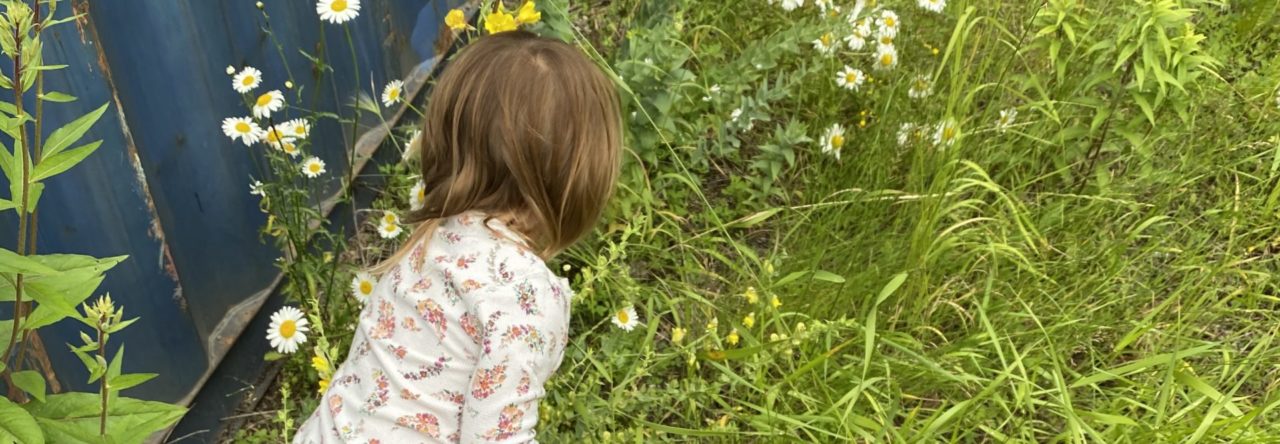
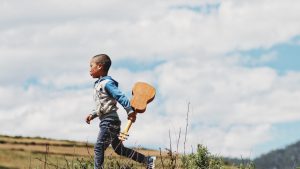
 According to the Oxford definition of Choreography, the term refers to “the sequence of steps and movements in dance or figure skating, especially in a ballet or other staged dance”.These sequences can be brought and rearranged using a number of styles or steps, patterns, spacings, and dynamics. The way that these phrases or sequences are put together and the process in which a choreographer does this can vary from person to person and artist to artist. The way a choreographer choreographs also may depend on the pupils they are working with. Factors such as age, skill level, and experience can affect the steps a choreographer takes to complete a piece as well as the patterns, steps, and dynamics they choose to use.
According to the Oxford definition of Choreography, the term refers to “the sequence of steps and movements in dance or figure skating, especially in a ballet or other staged dance”.These sequences can be brought and rearranged using a number of styles or steps, patterns, spacings, and dynamics. The way that these phrases or sequences are put together and the process in which a choreographer does this can vary from person to person and artist to artist. The way a choreographer choreographs also may depend on the pupils they are working with. Factors such as age, skill level, and experience can affect the steps a choreographer takes to complete a piece as well as the patterns, steps, and dynamics they choose to use.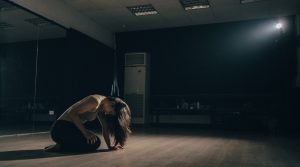
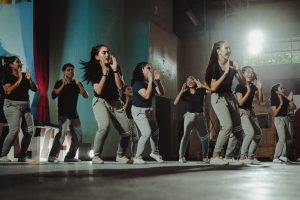 When it comes to choreography, there is no proper way to create a new piece and no distinct approach that you can follow. Most choreographers take some aspects of one approach and some from another and use what works best for them. One of my peers recently created a group piece where he combined the aspects of multiple choreographic approaches. For example, he would spend six to eight hours during a day working with the music, editing it together, and coming up with very intricate phrases to go along with it. He would then write them down in note form and have them ready to teach when he got into the studio. However, sometimes he would find that what he previously came up with didn’t work for the dancers he was working with and he would move forward by working with them and creating something new on the spot that would work better.
When it comes to choreography, there is no proper way to create a new piece and no distinct approach that you can follow. Most choreographers take some aspects of one approach and some from another and use what works best for them. One of my peers recently created a group piece where he combined the aspects of multiple choreographic approaches. For example, he would spend six to eight hours during a day working with the music, editing it together, and coming up with very intricate phrases to go along with it. He would then write them down in note form and have them ready to teach when he got into the studio. However, sometimes he would find that what he previously came up with didn’t work for the dancers he was working with and he would move forward by working with them and creating something new on the spot that would work better.
 The school also allows students to develop their knowledge and understanding of different subjects through inquiry-based projects. They also allowed students to choose their own inquiries, generally create their own lesson plan, and work toward their own goals in their own way (with support and helpful guidance from a teacher). Students are able to choose how they complete different aspects of their inquiry including whether they work on it individually, collaboratively, or through a class-like session provided by a teacher. I appreciate that this opportunity for open choices and learning exists for these students so they my choose how they will best succeed. However, this exists at the high school level. I believe that this may be tricky to implement within an elementary school setting with students choosing when they work on specific tasks and with whom and how they do so. I think that younger students should still have the experience of working within a structure that allows constant access to teachers and encouraged collaborative group and classwork. Assignments and lessons should also still have some sort of structure to steer students in the right direction and understand how learning and understanding can be achieved so that later on they will be able to take on this individualized inquiry approach. Saying this, I do believe that elementary students should have the opportunity to exercise their autonomy and engage in inquiry-based projects, just in a slightly more structure way.
The school also allows students to develop their knowledge and understanding of different subjects through inquiry-based projects. They also allowed students to choose their own inquiries, generally create their own lesson plan, and work toward their own goals in their own way (with support and helpful guidance from a teacher). Students are able to choose how they complete different aspects of their inquiry including whether they work on it individually, collaboratively, or through a class-like session provided by a teacher. I appreciate that this opportunity for open choices and learning exists for these students so they my choose how they will best succeed. However, this exists at the high school level. I believe that this may be tricky to implement within an elementary school setting with students choosing when they work on specific tasks and with whom and how they do so. I think that younger students should still have the experience of working within a structure that allows constant access to teachers and encouraged collaborative group and classwork. Assignments and lessons should also still have some sort of structure to steer students in the right direction and understand how learning and understanding can be achieved so that later on they will be able to take on this individualized inquiry approach. Saying this, I do believe that elementary students should have the opportunity to exercise their autonomy and engage in inquiry-based projects, just in a slightly more structure way.
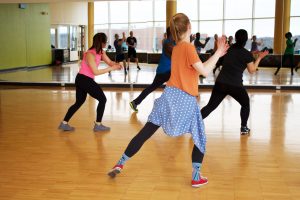
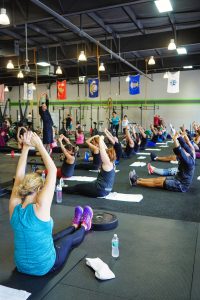 Dance further helped me wit my mental and physical health. Through conditioning classes, improvisation classes, and peer group talks, dance had become a safe place for me and my peers. Physically, conditioning and technique classes promoted the development of safe movement and allowed us to work on developing flexibility and strength that would allow us to limit injury and promote more developed movement while we danced. In regards to mental health, dance allowed us to share and express our thoughts with each other verbally and physically. It became an activity that was always there for us to escape into after a hard day or grasp fully at the end of a good day. Improvisation classes urged us to take our thoughts, ideas, and feelings and put them into dance. How could we convey what we wanted to say through movement.
Dance further helped me wit my mental and physical health. Through conditioning classes, improvisation classes, and peer group talks, dance had become a safe place for me and my peers. Physically, conditioning and technique classes promoted the development of safe movement and allowed us to work on developing flexibility and strength that would allow us to limit injury and promote more developed movement while we danced. In regards to mental health, dance allowed us to share and express our thoughts with each other verbally and physically. It became an activity that was always there for us to escape into after a hard day or grasp fully at the end of a good day. Improvisation classes urged us to take our thoughts, ideas, and feelings and put them into dance. How could we convey what we wanted to say through movement.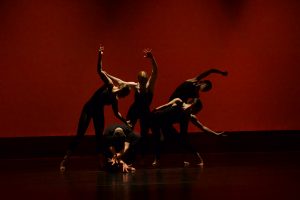 Improvisation classes also encouraged our creative thinking which would help us develop our own choreographing skills. While improvising we were able to explore whatever movement we wanted and discover new ideas. I have used this strategy at the heart of my choreography since I started creating. I always found it helpful to explore, find what works well, and then put it together. I also used this strategy to help me create the choreographic routine that I will be reflecting on within my inquiry. Further, from experience working with others as well as other teachers, our choreography also occasionally reflects stylistic choices that we have seen from others. Our own creative movements then become inspired by and include movement choices made by others and what we have previously learned. Therefore, choreography can be seen ultimately as a team effort in which multiple artists are involved.
Improvisation classes also encouraged our creative thinking which would help us develop our own choreographing skills. While improvising we were able to explore whatever movement we wanted and discover new ideas. I have used this strategy at the heart of my choreography since I started creating. I always found it helpful to explore, find what works well, and then put it together. I also used this strategy to help me create the choreographic routine that I will be reflecting on within my inquiry. Further, from experience working with others as well as other teachers, our choreography also occasionally reflects stylistic choices that we have seen from others. Our own creative movements then become inspired by and include movement choices made by others and what we have previously learned. Therefore, choreography can be seen ultimately as a team effort in which multiple artists are involved.